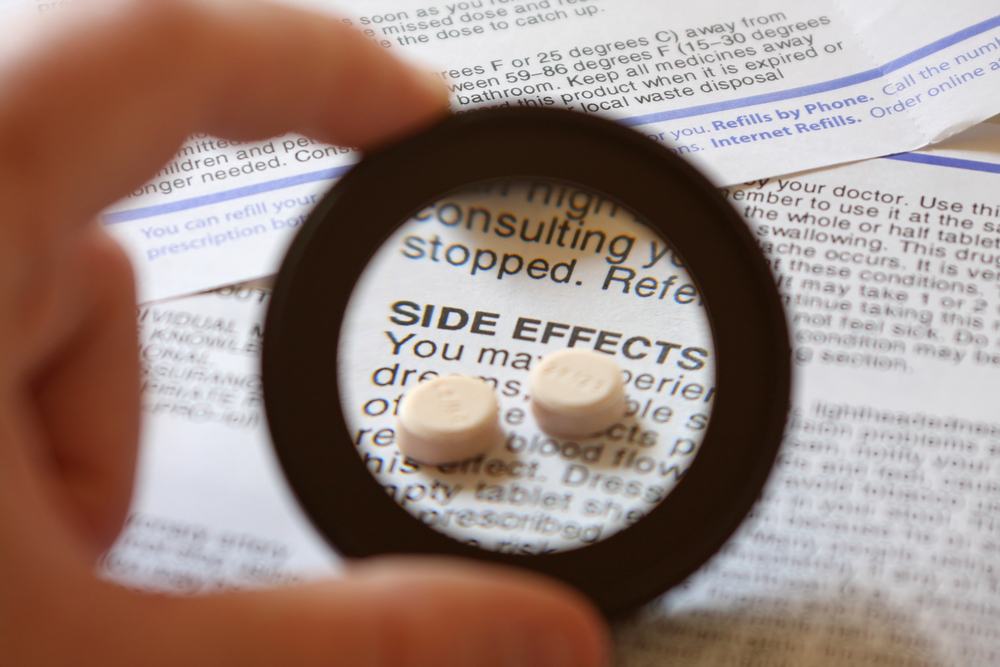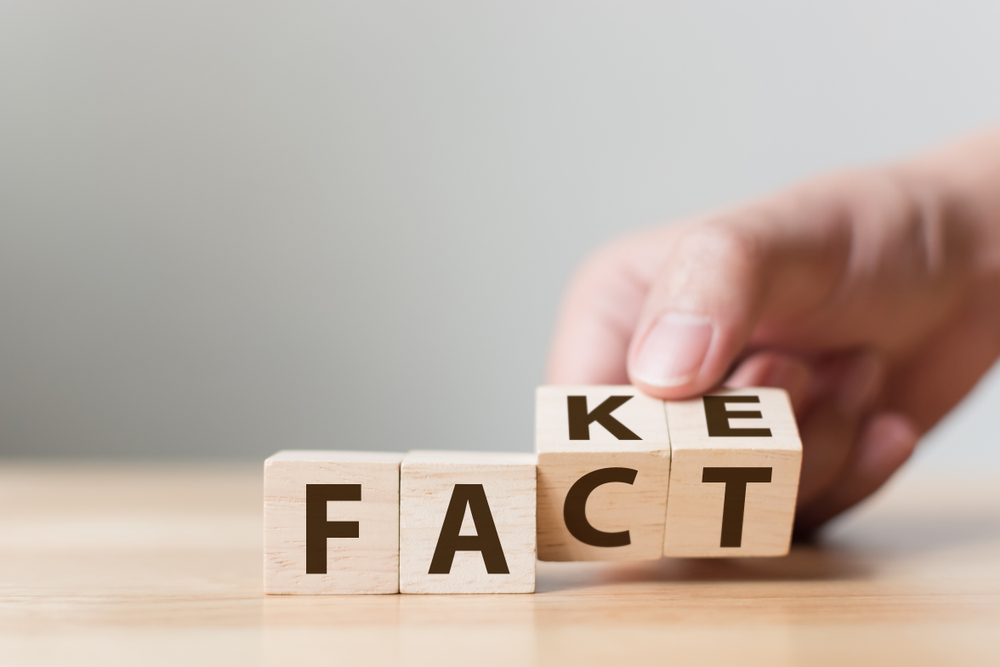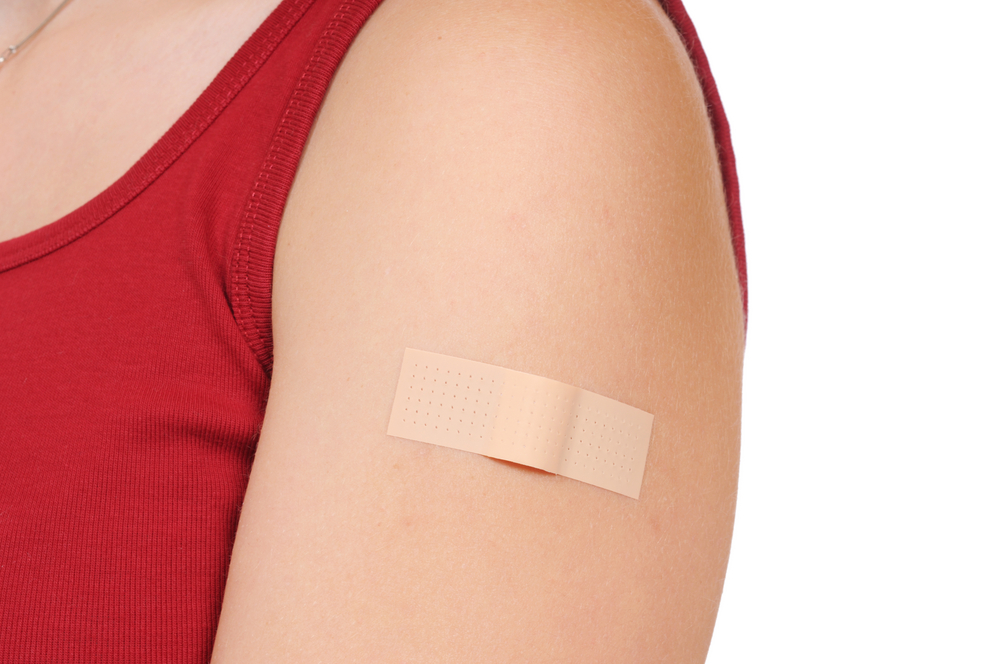Suboxone is the Gold Standard in Fighting Opioid Addiction
The Citizen Commission on Human Rights (CCHR) International reported Suboxone generated more sales than Viagra last year. That's because Supoxone is the gold standard in treating opioid addiction. It's considered a medication blockbuster because it works so well in helping treat opioid addiction. It is understood by the medical community Suboxone's effectiveness comes at a price. Suboxone can also be addictive and sometimes there is required treatment for Suboxone abuse. The price is worth the benefits it brings to those in recovery.
Opioid Worldwide Epidemic
The World Health Organization reports there are an estimated 15 million people addicted to opioids. Suboxone is a formula that combines Buprenorphine and naloxone. Suboxone is used for other things but its main purpose is to help effectively treat opioid addiction. Buprenorphine makes up half of Suboxone. Buprenorphine gives a partial opioid effect that tricks the brain's opioid receptors into thinking they are full. Buprenorphine does this in the brain without producing the same high as full opioids.
The chief advantage of using Buprenorphine is it is more difficult to take with the intent of abusing it or getting a 'real' high from it. Methadone has caused many issues for those with addiction and abuse is common when it is prescribed to help those with an opioid addiction.
Suboxone has become a white light and gold standard in treating opioid addiction. This is mainly because you don't have to go to an addiction clinic to obtain Suboxone. It is available by prescription. Your doctor can write the prescription for you in his or her office. Suboxone is an attempt to increase the numbers of people seeking treatment. Currently, only 10 percent of those with opioid addictions are getting treatment for the addiction.
Suboxone and the U.S. and Drug Administration
The U.S. and Drug Administration believes in Suboxone so much they have approved the first generic version of Suboxone. The generic Suboxone is a sublingual film you place under your tongue. The generic Suboxone is used for the treatment of opioid dependence, as well. The FDA is taking a step towards providing the generic Suboxone, so it is available and accessible to everyone in recovery.
A plethora of research studies have been done over the past few years, and suboxone consistently tests well as a replacement program with better adherence to the treatment protocol used by those in addiction.
The benefits of Suboxone are:
- Accessible and affordable
- Statistics show less abuse by those in recovery
- High success rate in the treatment of opiate dependence
It's hard to argue against studies and research backed by data and statistics from renowned universities.
Arguments Against Suboxone
There are those who argue against using suboxone in fighting opioid addiction. Their argument is it takes a while for the body to recover from using Suboxone. The long recovery time from using Suboxone goes back to the Buprenorphine as one of the components in its makeup. Remember, Buprenorphine tricks the brain's opioid receptors to feel full. Those against Suboxone usage as an opioid recovery drug state the drug is a partial opioid reward system. That the reward system is the way the drug wards off the cravings and usage of full opioids.
The Naloxone in the medication Suboxone is the second half of the drug. Naloxone blocks the receptors in your brain that respond to opioids. It will even go the extra distance and try to reach in and flush out any remaining opioid use receptors. It's called the reverse opioid effect medication for a reason.
One should never take Naloxone by itself. Naloxone causes severe withdrawal symptoms. If you are in the early stage of opioid withdrawal and you try to withdrawal from Nalonoxe too, it will almost be too much for your body to process and withstand. When you combine Buprenorphine with Naloxone, you almost have a superhero drug. This superhero drug is capable of fighting the most powerful of enemies – opioid addiction.
Suboxone the Superhero Drug
When someone is going through opioid withdrawal, it is intensely difficult. Opioid withdrawal will have the following symptoms:
- Muscle pain and cramps
- Diarrhea, vomiting and gagging sensations
- Sweating and restlessness
- Twitching
- Watery eyes
- Insomnia
- Abdominal cramping and pain
- Fast heart rate, and more
If you don't have a drug that can combat back against all those symptoms of withdrawal, you can lose someone in recovery back to their drug of choice due to the pain and agony they are going through. Suboxone is considered a superhero because it lets those in opioid addiction go through their withdrawal with minimum effect on the mental health and lessens reactions physically. There is no greater combination you can offer someone in addiction who is serious about their recovery.
Suboxone Provides Better Outcomes for Opioid Addiction
Suboxone is one of the best answers we have right now in fighting against the opioid addiction that penetrates every level of society. If you have to choose between two negatives – one being opioid addiction and the other being suboxone addiction – suboxone is the lesser of the two.
Suboxone is the better outcome for those in addiction. You can struggle through and get through opioid addiction without suboxone. But, it is so difficult, and you lose so many people back to opioids because it's such a painful recovery process.
What is the Answer to Opioid Addiction?
When you can help someone kick their habit with at least some diminished pain and craving, isn't it worth it? There are no easy answers to any addiction, and opioid addiction is one of the toughest addictions ever fought. It's not good to blame Suboxone for what it doesn't do instead of looking at the medical research and studies on what it does for opioid addiction.
Society is lucky that suboxone treats opioid addiction and can help reduce pain and cravings as people withdrawal from opioids. There is no way of knowing where society would be without suboxone right now because addiction is the problem. Suboxone is just one way to help treat addiction. Opioid addiction requires a whole army of other resources, people, places, and things. But at least we have one of the steps laid on the path towards recovery. Suboxone is the first brick on the path. It is a good place to start.










